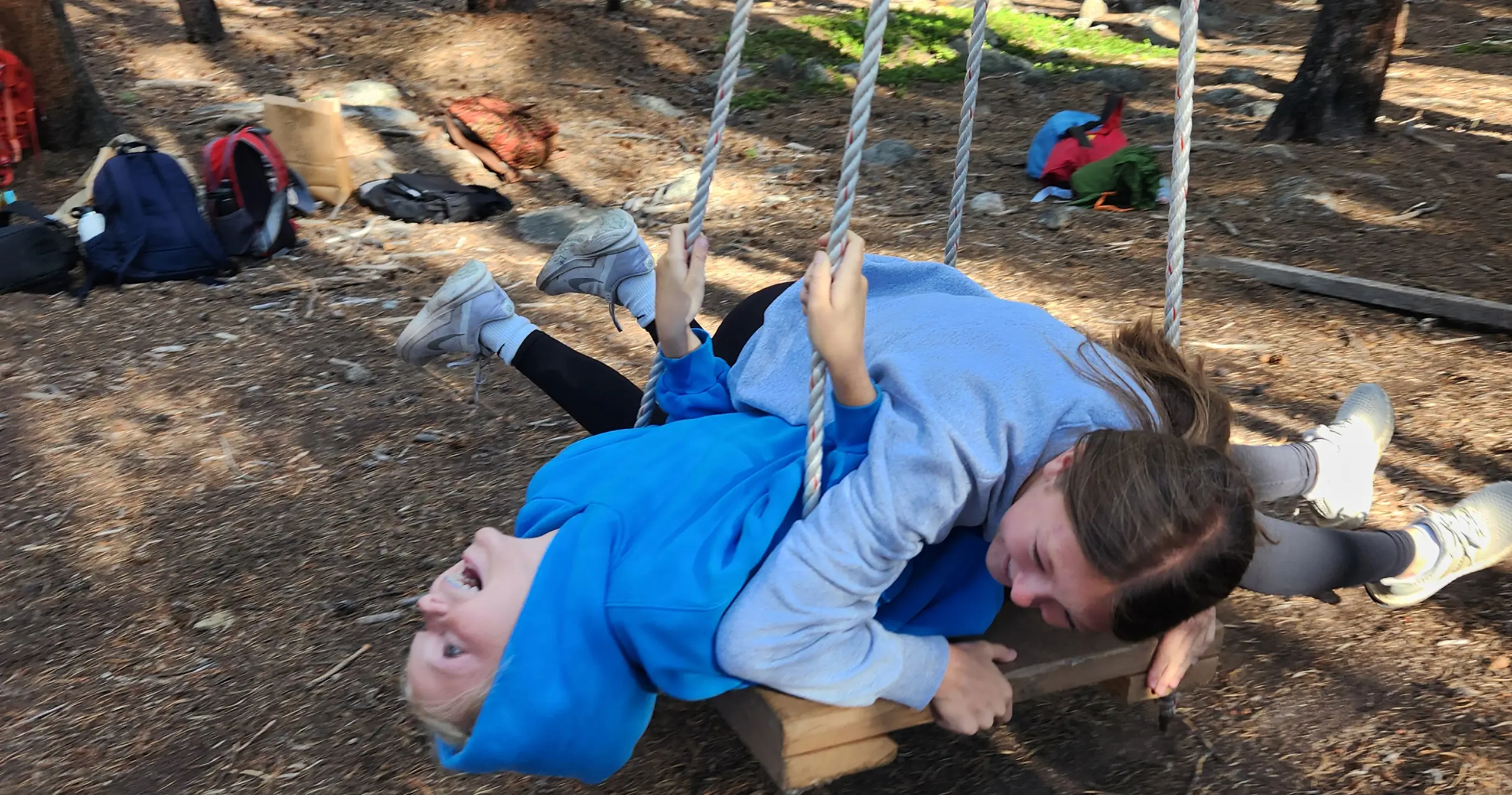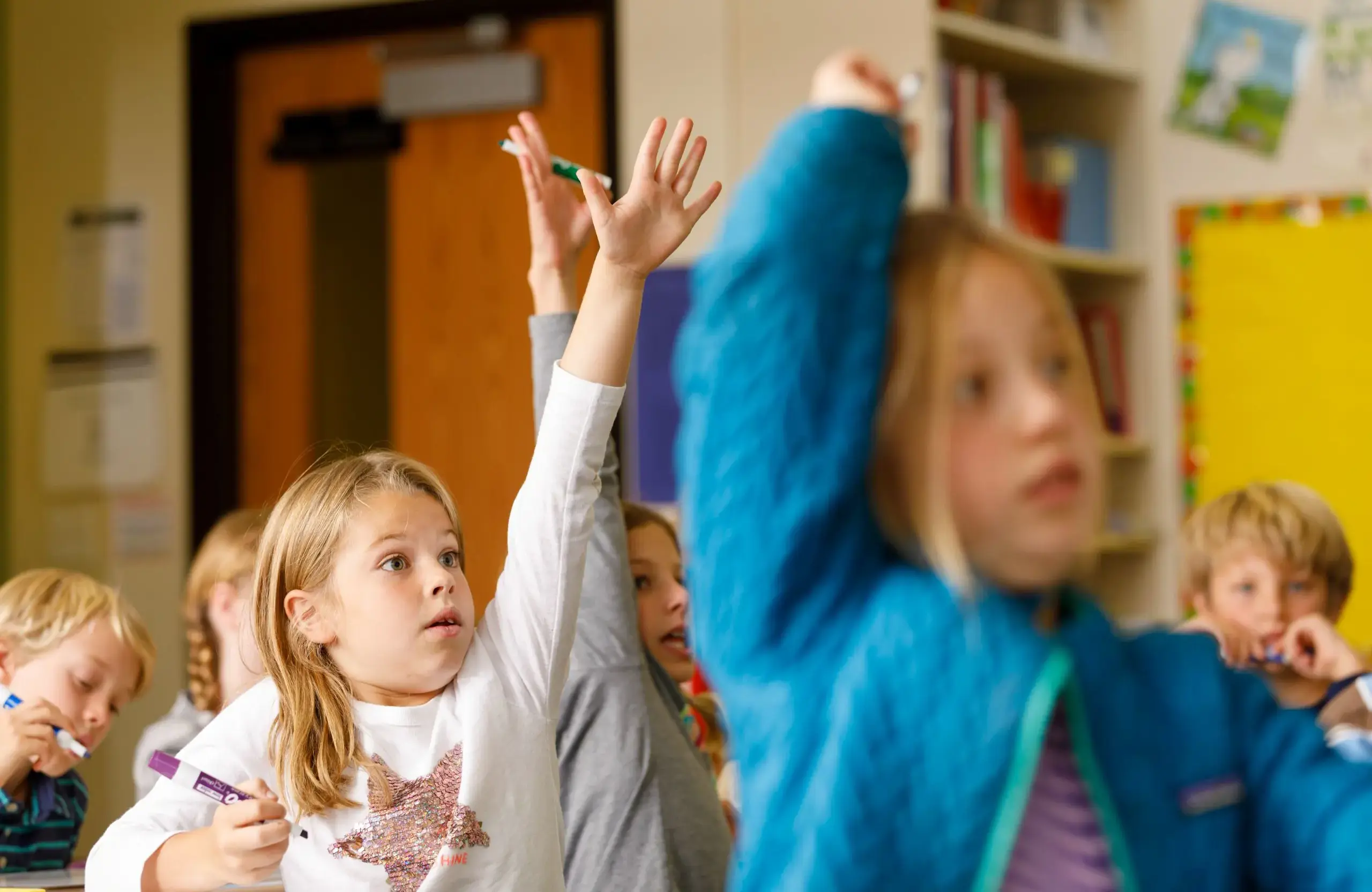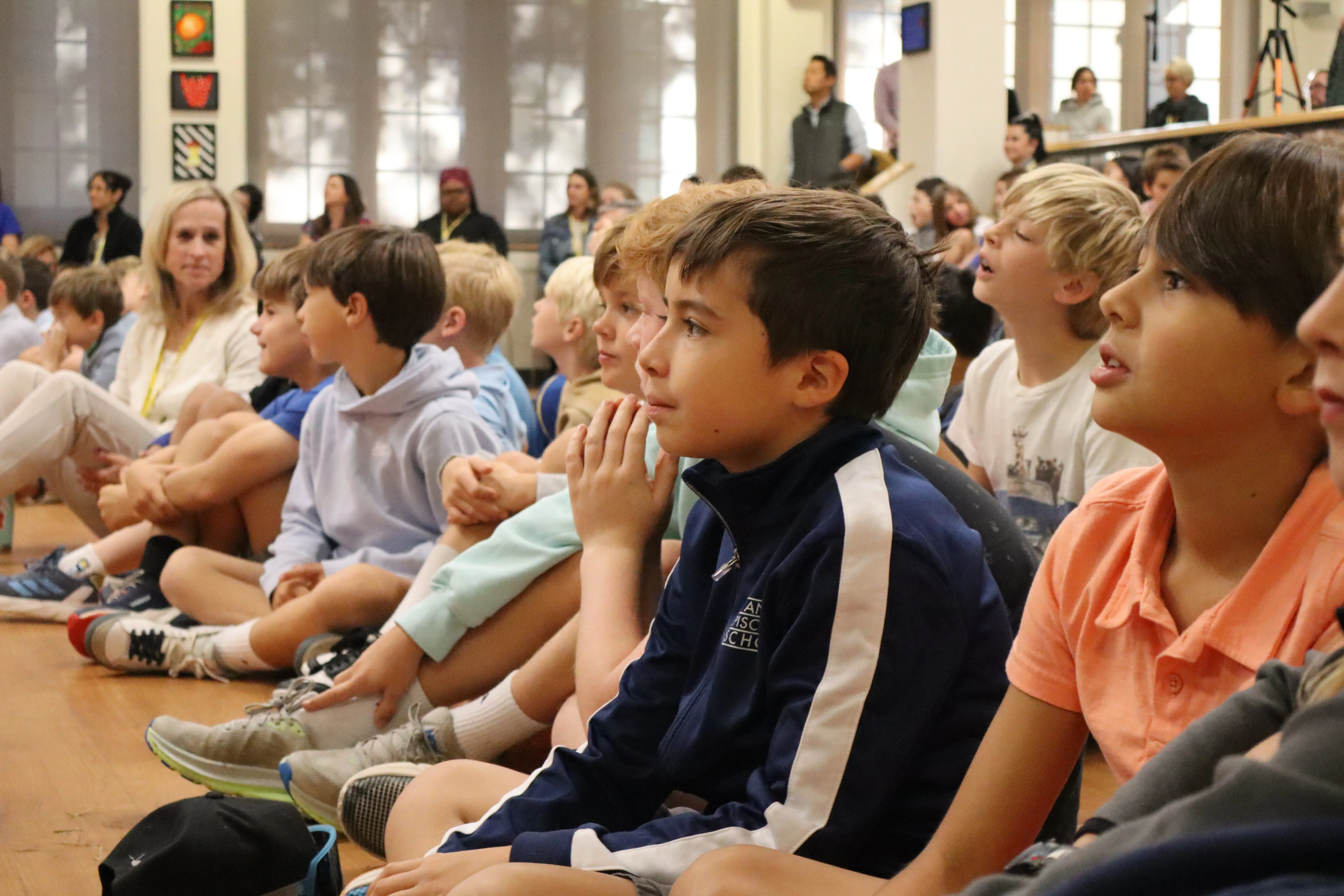Eight Grade Overview
| 8th Grade English |
|---|
|
English 8 serves as a bridge between the workshop model utilized in 6th and 7th grades and the whole-class approach favored by high school English departments. Students will enter high school confident in their ability to read, write, speak, and self-advocate. Students engage with each other through the common reading of specific novels, short stories, plays, and poetry. Through close reading, active discussion, and query, students develop:
The texts also serve to introduce students to new vocabulary. An emphasis is placed on using context clues to infer word meaning. Additionally, students analyze how authors use themes, setting, and figurative language to develop characters and perspectives and, ultimately, speak to the human condition. The primary focus of writing in 8th-grade English is the 5-paragraph analytical essay. Specifically, students master:
The importance of revision as a critical step in the writing process is emphasized. The study of grammar includes:
Students also focus on writing mechanics, including the proper use of commas, capitalization, and in-text citations. |
| Advanced 8th-grade Math |
|---|
|
The advanced 8th-grade math class at St. Anne’s Episcopal School is designed to be the equivalent of a full high school geometry course. Teachers employ a variety of strategies aimed at the different learning modalities, including kinesthetic, visual, and auditory. Students collaborate on a daily basis to work towards solutions using simple and complex scenarios. The curriculum is somewhat traditional, involving multiple resources and platforms, including, but not limited to:
While individual growth and accountability are paramount, students regularly engage in projects and other applications that require higher-order thinking strategies and collaborative efforts. Through these tasks, students develop their understanding of the various uses (and misuses) of math skills in the real world. They have numerous encounters with both gathering and interpreting data in order to recognize and/or avoid the use of numbers to marginalize individuals and groups. The 8th-grade math team endeavors to challenge students to problem-solve, collaborate, and apply mathematical skills to the real world while preparing them for the academic rigors of high school, where many advanced students will begin with an Algebra II or Algebra II with Trigonometry course. |
| 8th Grade Science |
|---|
|
Middle school science is an integration of physical, life, and earth sciences. The cornerstone of our science courses is the many hands-on, minds-on labs, activities, and projects held in small groups in our well-equipped science classrooms. Students learn how to incorporate scientific thinking in both inquiry-based learning and traditional lectures. Assessments are given on a regular basis and include:
Units of study in 8th-grade science include:
|
| 8th Grade Social Studies |
|---|
|
The 8th-grade social studies curriculum spans the era of extremes (1860-1989) with a focus on major developments in human and civil rights. Surveying both global and provincial themes, the course introduces students to thinking critically and expansively about the relationship between the 20th century and their own lives, communities, dreams, and ideals. Through critical classroom discussions, research projects, lectures, formative assessments, and group activities, the course aims to develop students’ historical reasoning, critical thinking, and 21st-century skills. In each unit, a formative assessment measures students’ progress. Students are assessed through:
Each mode of assessment cultivates a skill necessary for success in the 21st Century:
In the classroom, discussion is centered around confronting critical historical questions through student-teacher and student-student dialogue. Besides discussion, a few examples of classroom activities include:
|
| 8th Grade World Language |
|---|
|
We want our students to feel confident communicating in an all-Spanish or all-French environment (target-language environment) and to become lifelong language enthusiasts. To achieve this, we strive to create a high-interest, supportive classroom environment in which students acquire the language (as opposed to simply learning about the language). We want students to:
Students will be immersed in an environment that maximizes language acquisition. Instead of self-contained lessons on vocabulary topics, students engage with input in naturally occurring contexts on topics of interest to them. For example, instead of teaching a unit of vocabulary about cities, the class has a conversation about their favorite places, why they are their favorites, and more. Other previously learned words naturally occur in that context as well, providing students with added exposure and repetition. The goal is to explore topics in the context of authentic communication. |
| 8th Grade Religion |
|---|
|
8th Grade Religion Curriculum: Contemplative Practices and Big Questions Essential Questions
Personal Reflection Questions On a personal level, students will ask:
Culminating Project
|
Physical Education
The ultimate goal of St. Anne’s physical education program is to engage students in developmentally appropriate movement experiences that focus on both learning to move and learning through movement. This program emphasizes a healthy, active lifestyle while promoting safe and cooperative physical activity practices.
| In Developmental Level Three (Middle School): |
|---|
|
Students are given opportunities to participate in activities that encourage fitness, sportsmanship, and the development of leadership.
The core focus of physical education is to foster an appreciation for the value of being physically educated. By doing so, students are encouraged to make informed choices in their future to remain active and fit throughout their lives. |
ADMI
Middle School Art, Drama, Music, Innovations & Design Thinking
Students take at least one trimester each of art, drama, music, and innovations during their middle school career.
| Art |
|---|
|
Students explore many media in this studio art class, including drawing, painting, ceramics, and more. The art skills a student learns from 6th grade to 8th grade may vary based on the curriculum, the specific art classes offered, and the teaching methods employed. However, during these middle school years, students typically:
The middle school years serve as a crucial period for students to build a strong foundation in various art skills, setting the stage for more specialized and advanced studies in high school and beyond. Art education during these years often emphasizes both technical proficiency and the development of a student’s creative and expressive capabilities. |
| Music |
|---|
|
Students learn musical skills from reading music to playing an instrument. This class culminates in a musical performance.
6th-Grade Music
7th-Grade Music
8th-Grade Music
|
| Drama |
|---|
|
Students participate in the trimester drama production, helping with set design, tech crew, and acting. They:
|
| Innovations and Design Thinking |
|---|
|
This class is designed to help each student become an expert in working as an Engineer, Scientist, Innovator, and Technologist to solve real-world authentic problems. Students follow the Design Thinking Process to create prototypes and solutions to address global and local phenomena. Units of Study Include:
Throughout this course, students develop critical thinking skills, creativity, and a deeper understanding of how design and innovation can impact the world around them. They will be encouraged to explore practical, sustainable, and futuristic solutions to challenges facing our community and beyond. |
Math
Placement and Progression
There are three math classes for each grade in middle school: two grade-level classes and one advanced class.
We place students upon their entrance into middle school using both qualitative and quantitative data, and we periodically review placement, especially during the 6th-grade year.
Grade-Level Math Classes Progression:
- 8th Grade: Algebra I
Advanced Math Classes Progression:
- 8th Grade: Geometry









